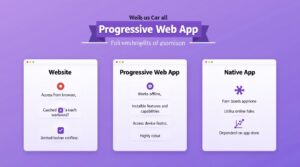click to get service View profile
At our top Silicon Valley agency, we provide industry-leading UI/UX design deliverables tailored to enhance user experience and drive engagement. Our expert team ensures high-quality wireframes, interactive prototypes, user journey maps, and pixel-perfect interfaces that align with your brand’s vision. From research-driven insights to seamless development handoff, we deliver cutting-edge designs that elevate your digital products. Partner with us to experience innovation, usability, and aesthetics at their best.
What are the types of design deliverables?
In the early stages of design, the priority should be on effectively conveying initial ideas rather than focusing on polished visuals. Throughout the design process, the nature of UI/UX design deliverables evolves, adapting to different phases and objectives. To ensure the most efficient transfer of information, these UI/UX design deliverables can be categorized into three key types, each serving a unique role in shaping the final product.
- Creation deliverables – Used to provide low-fidelity ideas during the early stages of the design process.
- Communication deliverables – Adopted to communicate everything that we learn from each design session to keep the team aligned.
- Validation deliverables – UX deliverables that were used for research & findings to validate any reason.
Regardless of the industry—whether working with startups or established enterprises—the core UI/UX design deliverables remain consistent throughout the design process. However, they may vary based on factors such as available resources, project requirements, timelines, and budget, ensuring a tailored approach that meets specific business needs.
Here are some of the major design deliverables that various Silicon Valley design agencies practice for their different projects as a part of their design methodologies.
1. Discovery & Research
- Stakeholder interviews takeaways
- User research document
2. UX Design stage
- UX Audit
- Information Architecture
- User flows
- Wireframes
3. UX Design stage
- Visual designs
- Animations
- Design systems
- Visual design specifications
Let us now understand these items one by one and their significance in the whole process.
Stakeholder Interviews takeaways
Understanding brand perspectives and user behavior is crucial to strengthening a brand’s competitive position in the marketplace. Identifying key differentiators ensures a strategic approach to design. Additionally, stakeholder interviews play a vital role in shaping the project’s direction, aligning UI/UX design deliverables with business goals, technical constraints, usability challenges, and customer expectations for the final product or service.
User research document

User research is a critical phase in the design process, allowing us to deeply understand how target users interact with a product designed to meet their needs. It helps uncover valuable insights into user pain points and expectations, ensuring a user-centric approach. Meanwhile, stakeholder interviews provide clarity on business objectives, aligning UI/UX design deliverables with both user needs and strategic goals for a well-balanced and effective design solution.
UX Audit
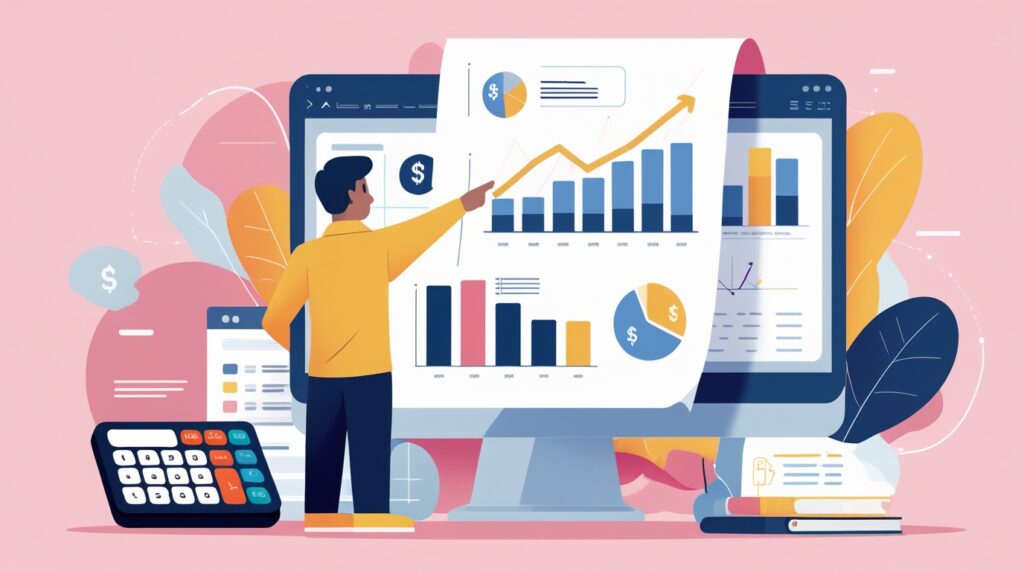
A UX audit is a powerful method for evaluating an existing product, identifying usability issues, and providing heuristic-based recommendations for improvement. By analyzing user interactions, it helps enhance UI/UX design deliverables to create a more seamless and goal-driven experience. This process not only boosts conversions by streamlining user journeys but also ensures consistency across all customer touchpoints. Many of our clients consider UX audits a valuable investment with a strong ROI, as they help validate the product roadmap, minimize costly redesigns, and pave the way for a successful product launch.
Information Architecture
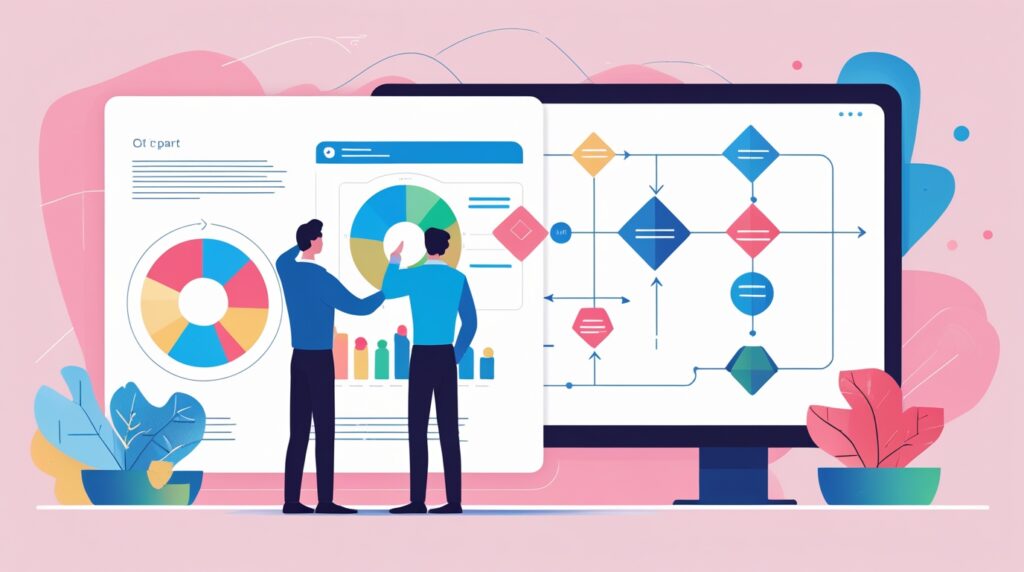
*Designed by stories
Information architecture and wireframes play a crucial role in structuring the content and flow of a website or application, ensuring users can navigate seamlessly and accomplish their goals efficiently. These essential UI/UX design deliverables transform complex information into intuitive, user-friendly layouts, enhancing usability and overall experience. By prioritizing clarity and functionality, they lay the foundation for a well-structured and engaging digital product.
User flows
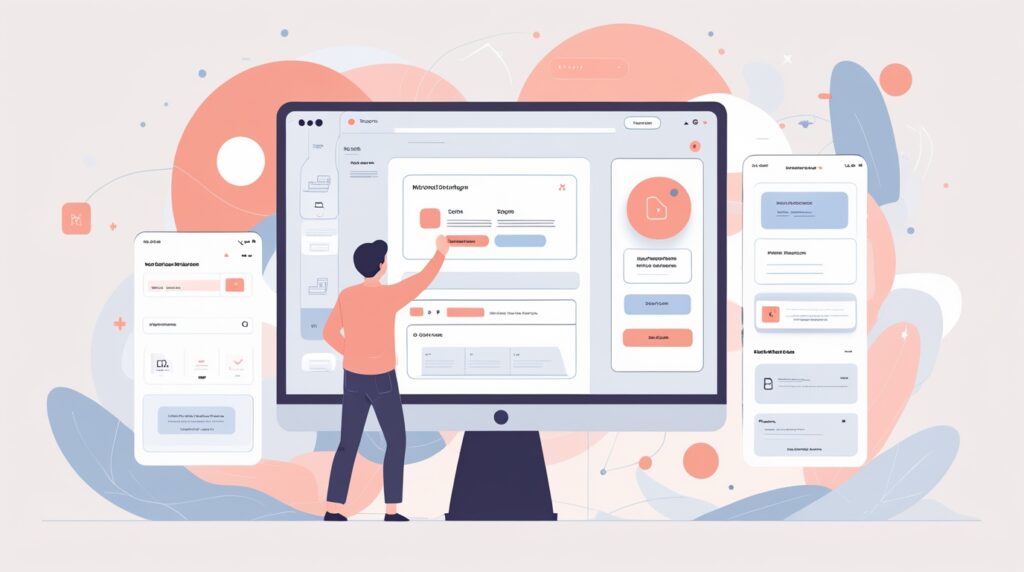
*Designed by stories
User flow represents a sequence of user actions or the various steps a user must take to accomplish a specific goal. As a key component of UI/UX design deliverables, it provides designers and developers with a detailed roadmap of all possible interactions, including edge cases, errors, and system states. User flows also offer businesses a high-level perspective of their product, ensuring that features, technical jargon, and workflows remain intuitive and user-friendly, ultimately enhancing the overall user experience.
Wireframes
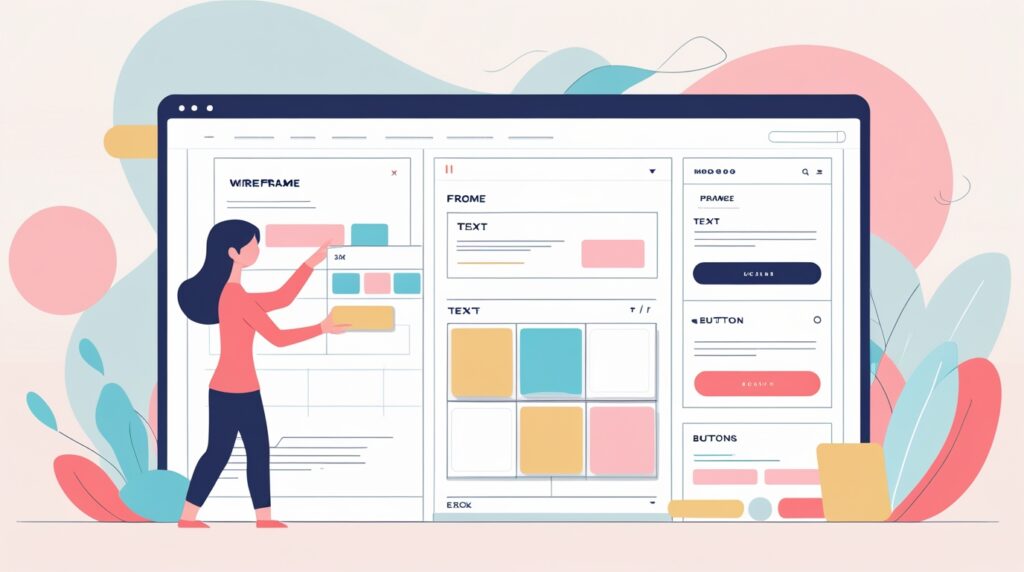
Wireframes provide the initial visual representation of a website or app, integrating Information Architecture to structure elements for optimal functionality. As an essential part of UI/UX design deliverables, wireframes allow for early-stage iterations, enabling flexibility in refining concepts. These high-fidelity designs are valuable for usability testing and serve as a key reference for developers, offering a clear vision of the final product. Additionally, wireframes bridge the gap between a site’s information architecture and its visual design by mapping user pathways and prioritizing content placement for a seamless user experience.
Visual designs

*Designed by stories
Visual design is often seen as the “final coat of paint” on a product, but its impact goes far beyond aesthetics. As a crucial part of UI/UX design deliverables, it plays a key role in shaping the user experience, ensuring clarity, usability, and brand consistency. By this stage, interaction design and usability heuristics should already be refined, allowing designers to focus on enhancing the visuals. This phase is the last step before developer handoff, where a comprehensive style guide and final design specifications are created. More than just making things visually appealing, it strategically incorporates brand identity through color schemes, layouts, contrast, and visual hierarchy to elevate the overall experience.
Animations
Animations play a vital role in enhancing the user experience by providing meaningful feedback, ensuring continuity, and directing user attention. As an essential part of UI/UX design deliverables, animations—whether in the form of GIFs, videos, or Lottie files—help developers seamlessly integrate motion into the final product. When used subtly, animations assist users in building mental models of system interactions, improving usability and engagement. Thoughtfully designed UI animations, such as micro-interactions, prevent disorientation, communicate state changes, and reinforce signifiers. Additionally, animations add a level of sophistication, setting a product apart in the marketplace and elevating the overall user experience.
Design system
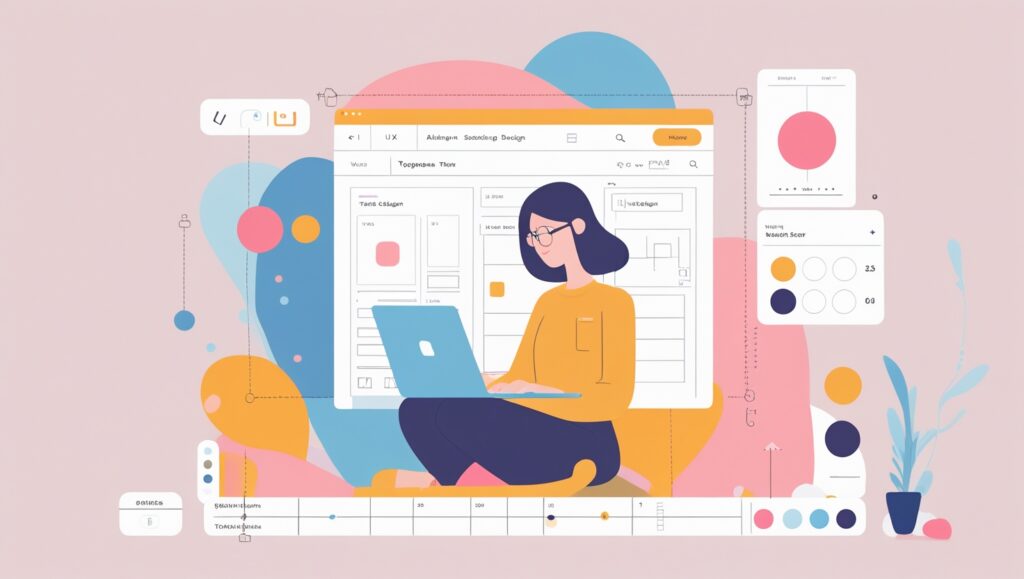
A design system serves as a single source of truth, consolidating all digital elements essential for a brand or product. As a key part of UI/UX design deliverables, it includes comprehensive style guides, typography rules, color palettes, responsive behavior, imagery, and visual design principles. These guidelines ensure consistency across all touchpoints and streamline collaboration between designers and developers. While some design systems are manually curated, others are automatically generated to maintain efficiency. Ultimately, a design system acts as a “bible of style,” providing a reliable reference for teams to create cohesive and scalable digital experiences.
Design Systems will also influence and compliment brand identity within digital marketing efforts by extension which is a value add to clients & marketing/product teams!
Visual design specification

*Designed by stories
The final step in the design workflow is creating detailed specifications for development teams to ensure a seamless transition from design to implementation. As part of UI/UX design deliverables, these specifications include margins, padding, assets, element measurements, and color codes—critical details that, if overlooked, can significantly impact the overall user experience. Providing precise guidelines helps maintain design consistency, enhances usability, and ensures the final product aligns perfectly with the intended vision.
How hard will it be to add some new deliverables soon?
As outlined, UI/UX design deliverables serve as a roadmap for transforming ideas into a final product. These deliverables evolve over time to adapt to shifting user behavior and changing business needs. While adding new deliverables may be simple, maintaining their consistency, accuracy, and quality is the real challenge. Above all, the key focus should be on validating whether each deliverable truly adds value to the project or enhances the overall workflow, ensuring a seamless and effective design process.
Conclusion
UI UX design deliverables again vary according to the needs of the client and project priorities.
The effectiveness of UI/UX design deliverables depends not only on their quality but also on how they are structured and handed off. Some aspects of documentation can be created alongside the design process, while others may be completed before or after. While the tools used for these deliverables may vary, the core principles of consistency, clarity, and usability remain the same. However, exploring the best tools for these deliverables is a topic for another discussion.
Thank you for reading this blog & stay tuned for more articles on thought leadership.

